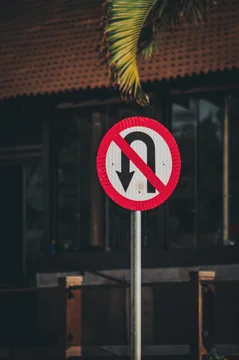
When it comes to IP cases in federal court, dealing with subpoenas can be a bit out of the ordinary.
It's not that they never come up. It's normal to have a couple of subpoenas per side in cases that make it to the close of fact discovery (e.g., for prior art, third party inventors, etc.), sometimes more. But not all cases make it to that stage, and many cases don't involve any subpoenas at all.
It also doesn't take much manpower to fill out a form subpoena. It's a task often given to newer associates or paralegals. More senior attorneys may not get involved in the service process at all, unless something goes wrong.
That said, it's easier than you might think for something to go wrong. The rules governing subpoenas are pretty archaic and weird compared to the rest of the federal rules. FRCP 45, for example, requires "tendering the fees for 1 day's attendance and the mileage allowed by law" when serving a subpoena.
Often this payment is handled by a process server. But, sometimes, they don't handle the payment. What happens then?
The subpoena may be ...








